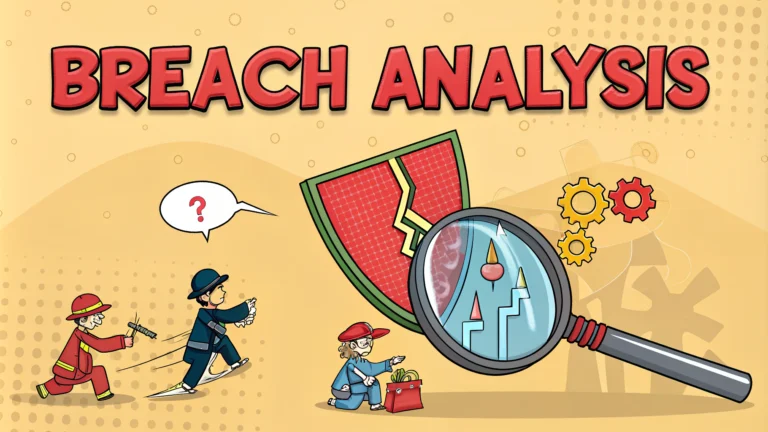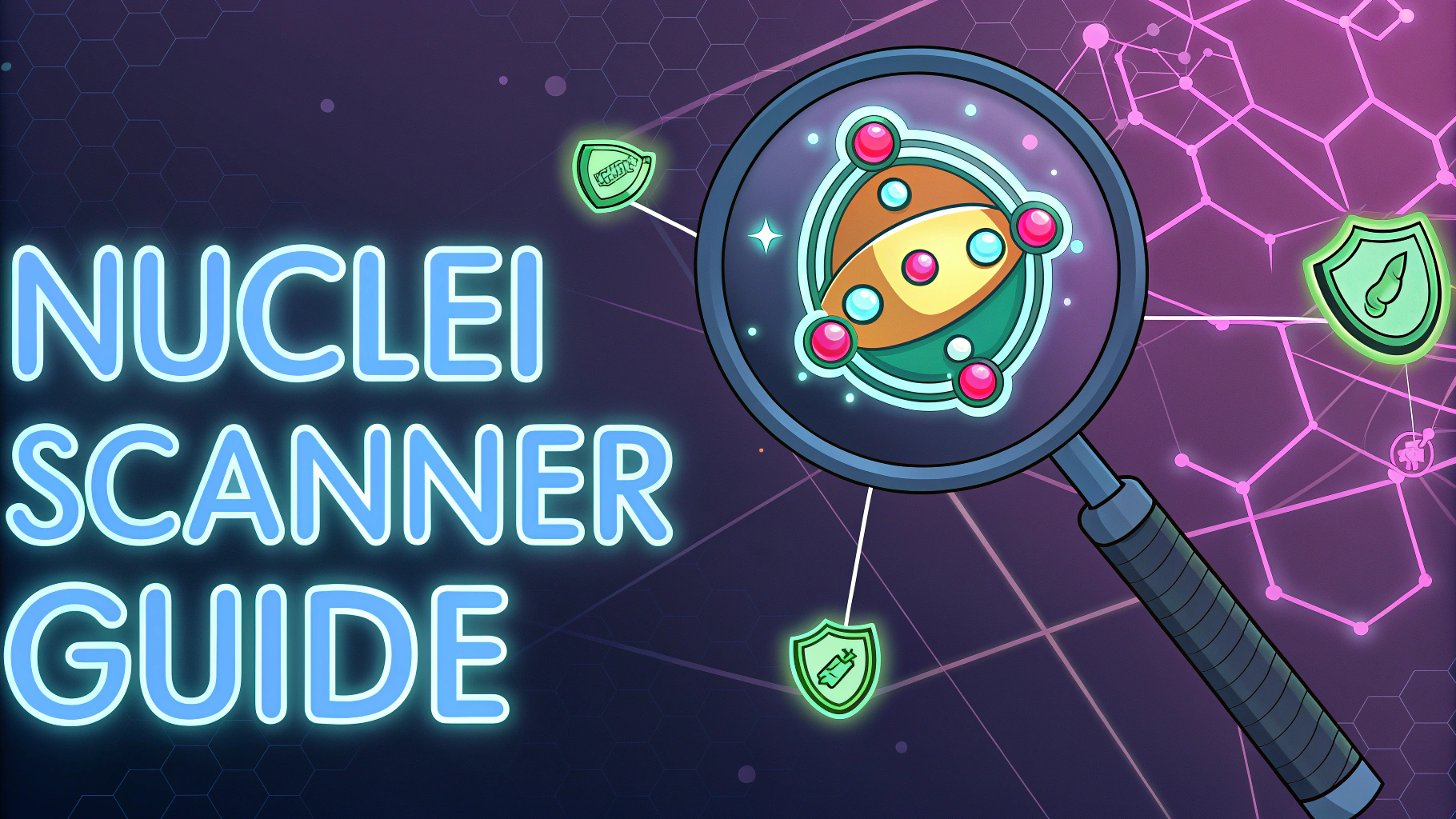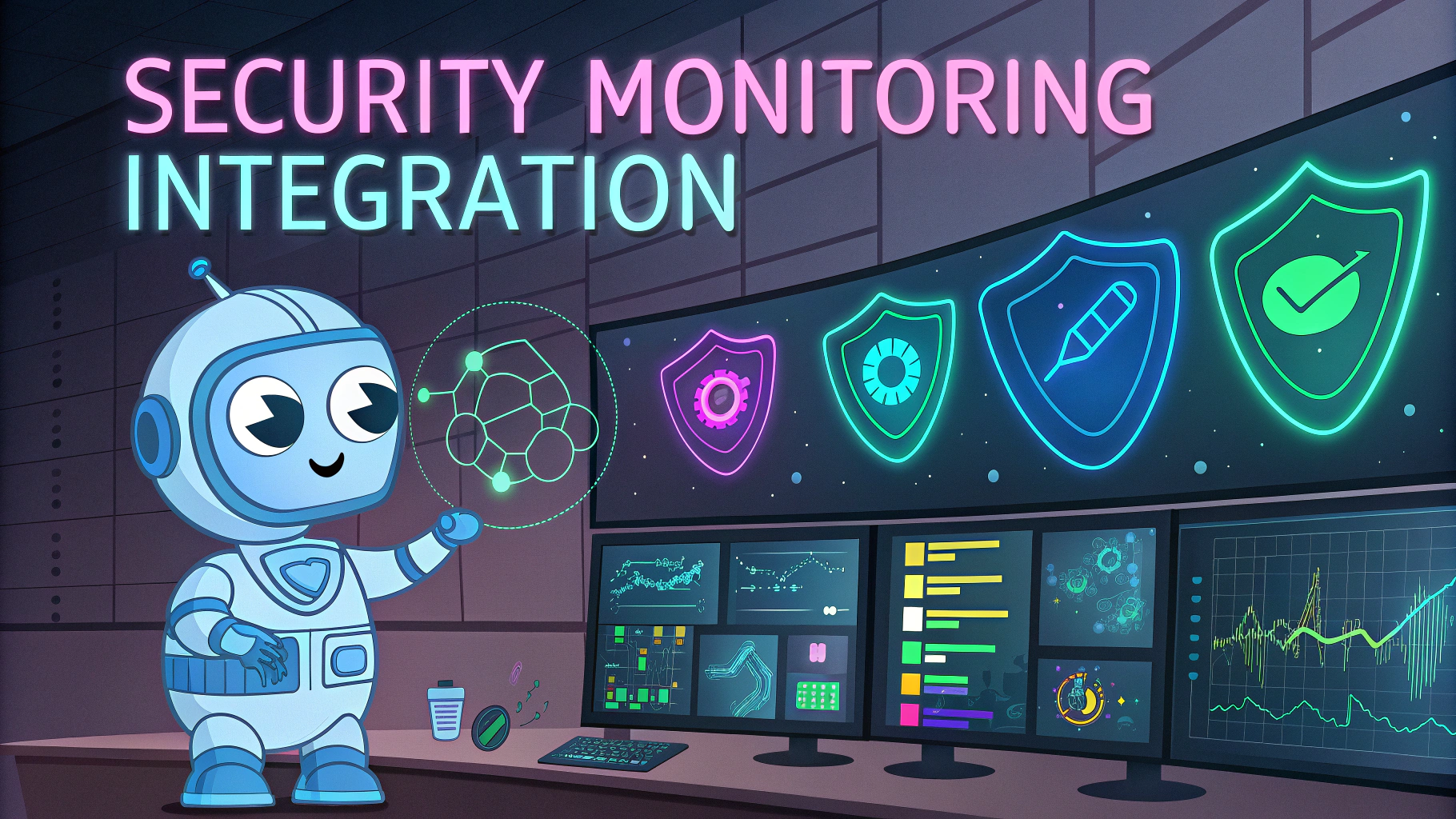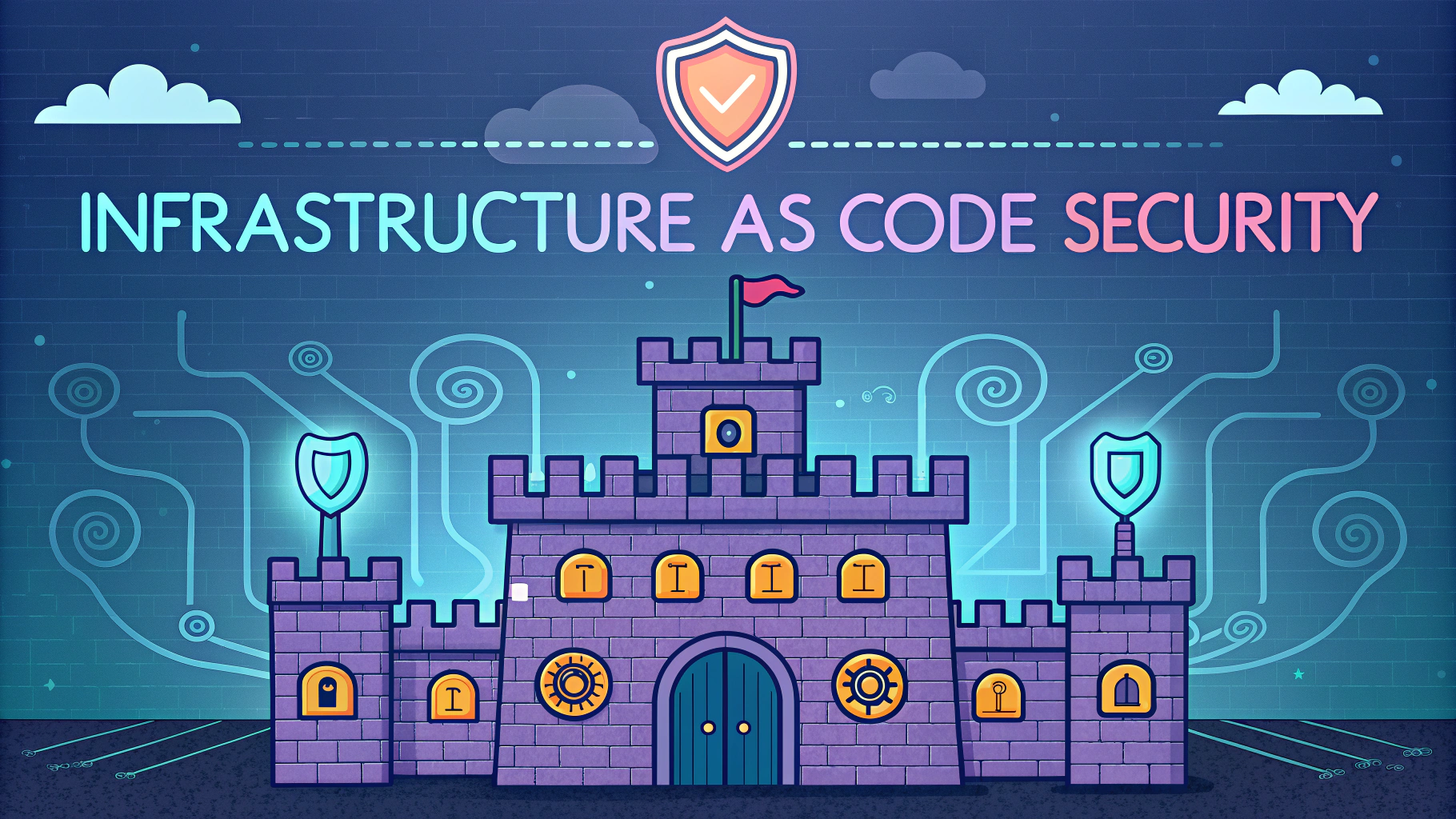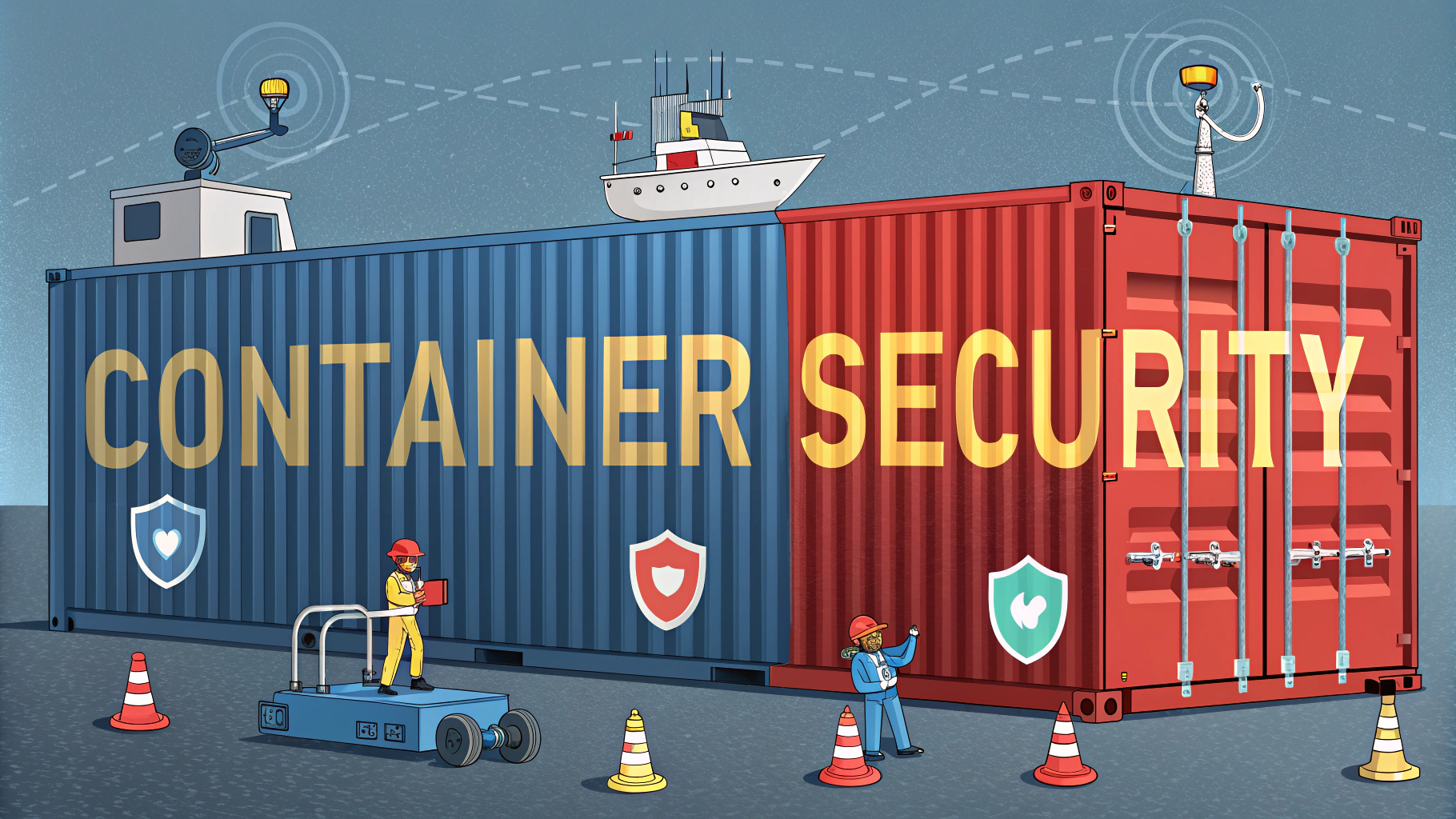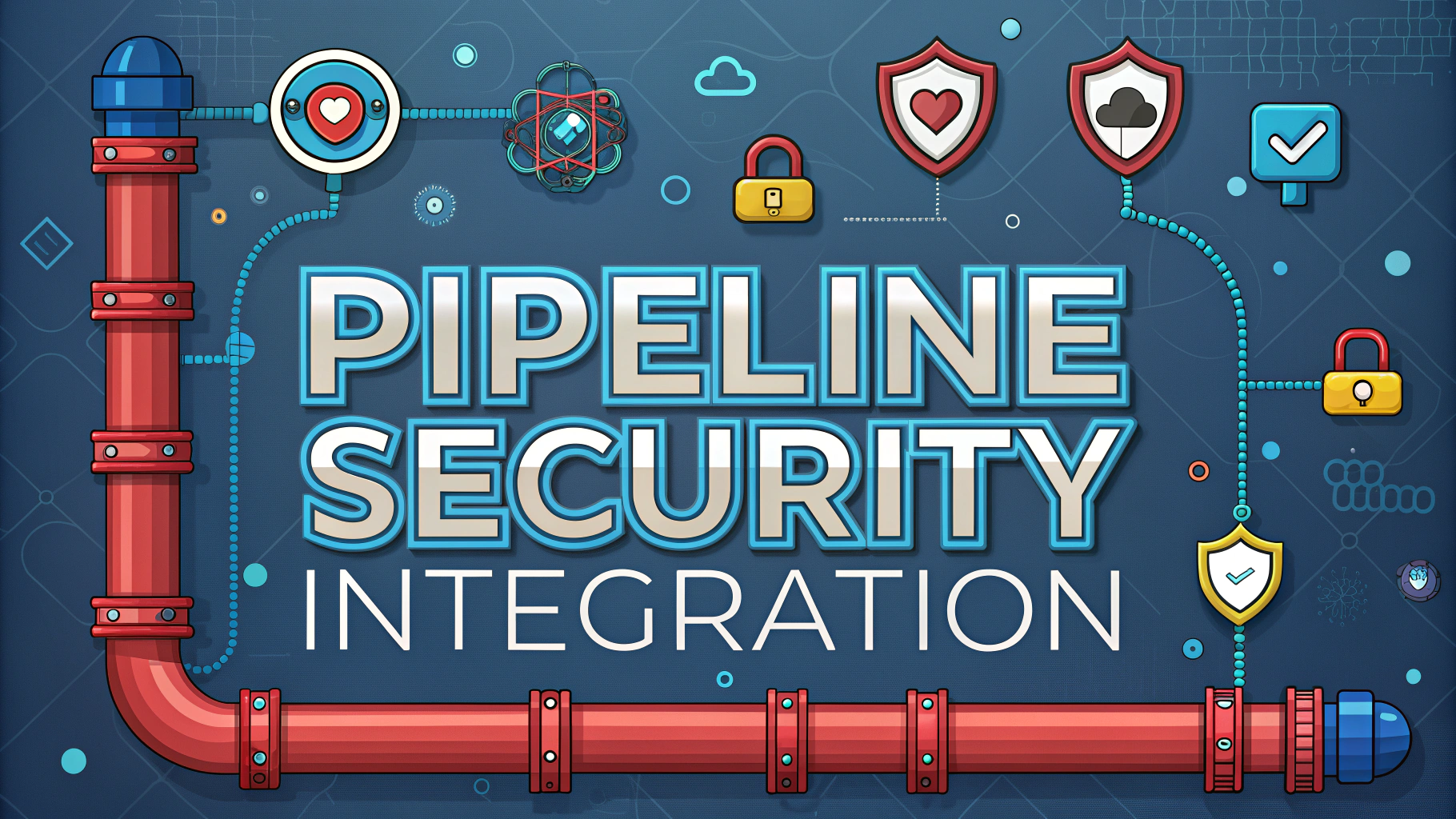Breach analysis and penetration testing help organizations identify security weaknesses before malicious actors can exploit them.
Security teams use these assessments to simulate real-world attacks, discovering vulnerabilities in systems, networks, and applications that could potentially be compromised.
This quick guide covers the essential techniques, tools and methodologies used in breach analysis and penetration testing to help secure your infrastructure.
Getting Started with Breach Analysis
A breach analysis begins with defining clear scope and objectives for the assessment.
- Network architecture review
- Asset inventory
- Previous vulnerability reports
- Security policies and compliance requirements
- Authorization documentation
Key Penetration Testing Phases
1. Reconnaissance
Gathering intelligence about the target through OSINT tools like Maltego, Recon-ng, and TheHarvester.
2. Scanning
Using tools like Nmap, Nessus, and OpenVAS to identify open ports, services, and potential vulnerabilities.
3. Vulnerability Assessment
Analyzing scan results to identify security weaknesses using databases like CVE and ExploitDB.
4. Exploitation
Testing identified vulnerabilities using frameworks like Metasploit and custom scripts.
5. Post-Exploitation
Determining the extent of possible system compromise and data access.
Essential Tools for Testing
| Category | Tools |
|---|---|
| Network Scanning | Nmap, Wireshark, TCPdump |
| Web Application Testing | Burp Suite, OWASP ZAP, Nikto |
| Password Analysis | John the Ripper, Hashcat |
| Wireless Testing | Aircrack-ng, Kismet |
Best Practices
- Document all testing activities and findings
- Maintain secure communications with the client
- Follow established methodologies (OSSTMM, PTES, OWASP)
- Use encrypted channels for data transfer
- Regular backup of testing data
Reporting and Documentation
Reports should include:
- Executive summary for management
- Technical details for IT teams
- Risk ratings for each finding
- Remediation recommendations
- Evidence and proof of concept
Legal Considerations
Always obtain written permission before conducting any security testing.
- Scope definition document
- Non-disclosure agreements
- Testing authorization
- Emergency contact information
Security Testing Resources
Additional learning resources:
Taking Action on Results
Prioritize findings based on:
- Risk level and potential impact
- Ease of exploitation
- Business context
- Resource requirements
- Regulatory compliance needs
Mitigation Strategies
Implement security controls based on assessment findings:
- Patch management procedures
- Network segmentation improvements
- Access control refinement
- Security awareness training
- Incident response planning
Continuous Monitoring
1. Regular Assessments
Establish recurring security testing schedules to maintain defensive posture.
2. Automated Scanning
Deploy continuous vulnerability scanning tools for real-time threat detection.
3. Compliance Checks
Regular audits to ensure adherence to security standards and regulations.
Creating a Security Roadmap
- Short-term quick wins
- Medium-term improvements
- Long-term strategic initiatives
- Budget allocation planning
- Resource requirements
Strengthening Your Security Posture
Focus on building a robust security program through:
- Regular penetration testing cycles
- Updated security policies and procedures
- Enhanced monitoring capabilities
- Improved incident response readiness
- Continuous security education
FAQs
- What exactly is breach analysis and penetration testing?
Breach analysis and penetration testing are security assessment methods that involve systematically testing an organization’s cybersecurity defenses by simulating real-world attacks to identify vulnerabilities and security weaknesses. - What are the main types of penetration testing?
Black box testing (no prior knowledge), white box testing (full system knowledge), gray box testing (partial knowledge), internal testing, external testing, and social engineering testing. - Which tools are commonly used in penetration testing?
Popular tools include Metasploit, Nmap, Wireshark, Burp Suite, Kali Linux, John the Ripper, and OWASP ZAP for various aspects of security testing. - How often should organizations conduct penetration testing?
Organizations should conduct penetration testing at least annually, after significant infrastructure changes, following major application updates, or as required by compliance regulations like PCI DSS. - What is the difference between vulnerability scanning and penetration testing?
Vulnerability scanning is automated and identifies known vulnerabilities, while penetration testing involves active exploitation and manual testing by security professionals to validate security weaknesses. - What are the phases of a typical penetration test?
The phases include reconnaissance, scanning, vulnerability assessment, exploitation, post-exploitation, and reporting with remediation recommendations. - How should organizations prepare for a penetration test?
Organizations should define scope, obtain necessary approvals, backup systems, establish emergency contacts, and ensure testing windows don’t interfere with critical business operations. - What qualifications should a penetration tester have?
Professional certifications like CEH, OSCP, GPEN, or CREST, along with strong knowledge of networking, operating systems, coding, and security principles. - What are the legal considerations in penetration testing?
Written authorization, non-disclosure agreements, defined scope, compliance with local laws, and careful handling of sensitive data are essential legal considerations. - What should a comprehensive penetration testing report include?
Executive summary, methodology, findings categorized by severity, technical details of vulnerabilities, proof of concept, and detailed remediation recommendations.
